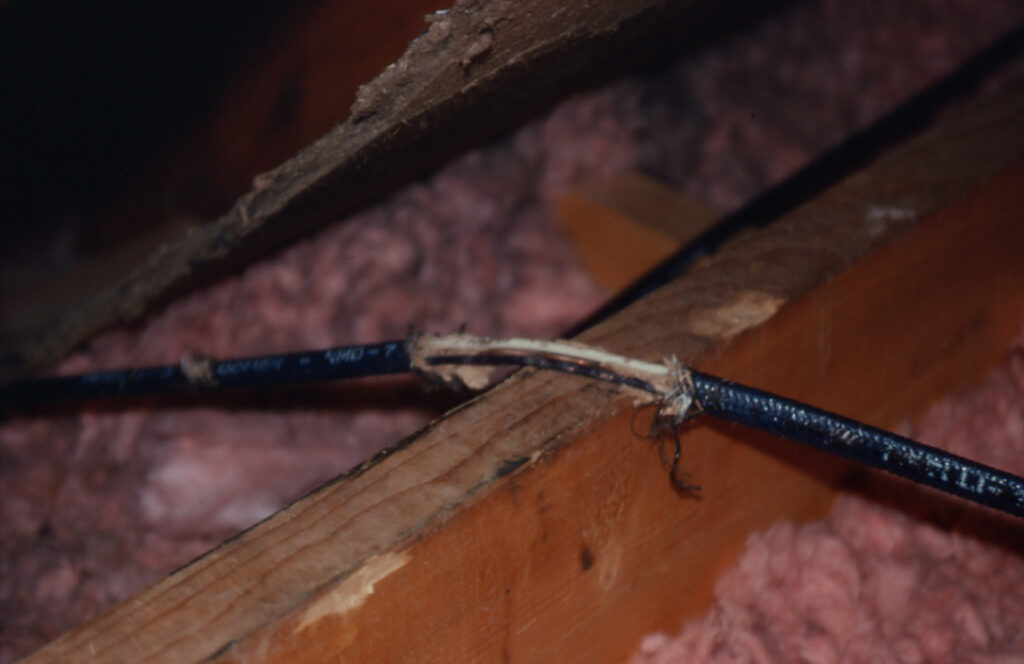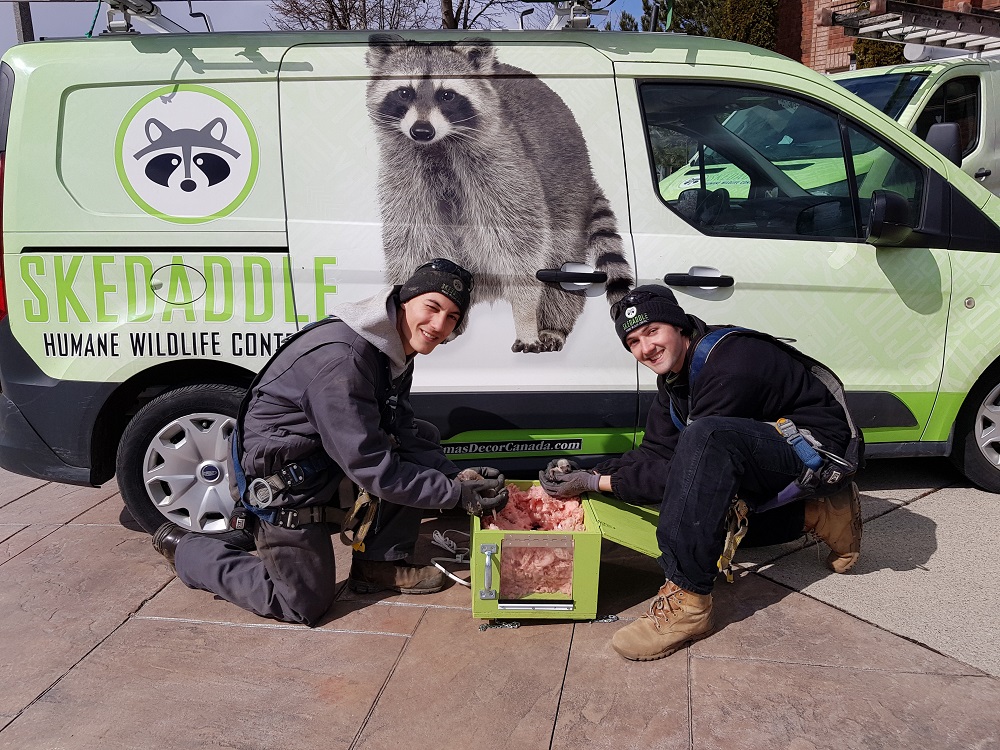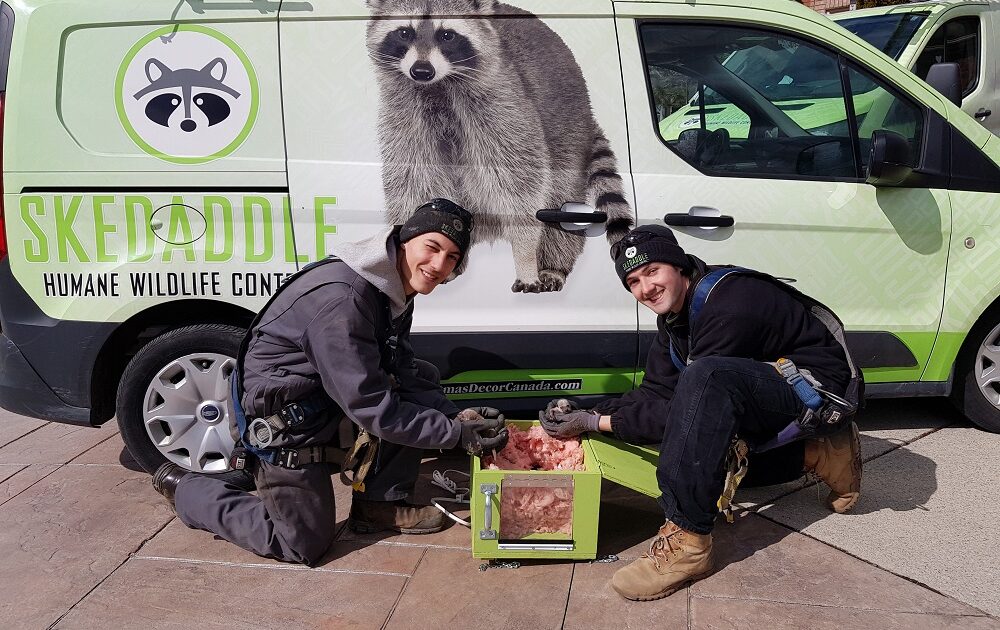Ajax residents, like many others around Canada, share their surroundings with a number of wildlife animals. While it is definitely true that these animals ought to be respected, it cannot be denied that humane wildlife control is crucial if Ajax citizens are to avoid negative interactions with animals in the area.
Wildlife Prevention – An Invaluable Investment
An investment in wildlife prevention is an investment in your health and sanity as wildlife intrusions put both at risk. Where health is concerned, these uninvited visitors carry with them numerous diseases such as rabies, Leptospirosis, Hantavirus, and Toxoplasmosis. These diseases are painful but to make matters worse they can also be fatal. Keeping wildlife out will also safeguard your pets against these diseases. Through these measures, your pets will also be protected against fleas, ticks and other parasites that accompany many wildlife species.
Wildlife intrusions also prove costly especially when they are allowed to continue for a long time. Animals like raccoons, squirrels, and mice chew away at the internal parts of the building. They wreak havoc on wooden posts as well as insulation and vents. They even nibble on electrical wiring which exposes the building to fire risks. Imagine losing your entire home to a fire that was caused by wildlife intrusion!

It is costly to repair the damage done to your building by wildlife but it will also cost you to remove them and clean up the mess they leave inside. This includes droppings and urine stains a well as accumulation of food and nesting material. All of this must be done to ensure that contaminants are removed.
Your property value also takes a beating from wildlife intrusion. Once there are signs of intrusion in and around the house, the property value falls. This is bad news if you plan to sell soon or wish to use your home equity to access a loan.
If you choose to handle wildlife intrusions yourself there are a few things you must avoid, for your safety and that of those around you, including your unwanted intruders.
- Never handle wildlife animals directly.
- Avoid using foreign objects to block the access points you’ve found. If you use items like rocks, the access point won’t be sealed properly and wildlife will continue to gain access to the building. Additionally, some wildlife animals like raccoons are good at moving these obstacles out of the way to get in.
- Avoid using harsh chemicals and cruel methods to get rid of wildlife. This creates many problems. For one, it exposes your pets and others who live in the home to the poisonous substance. Additionally, when the intruding animals perish inside you’ll have a hard time finding and removing them and will have to suffer through an unbearable stench.
- Avoid sealing access points with caulking or silicone. You may end up trapping wildlife inside and the trapped animals may well be babies. If they die inside, you’ll have even bigger problems.
- Don’t install mesh on the inside of vents. This allows wildlife to access the exposed parts and chew into it causing extensive damage.
Choose the Experts at Wildlife Control
DIY wildlife control is really insufficient for Ajax’s wildlife situation. Expert wildlife control teams like Skedaddle are quite familiar with the area as well as the behaviour and biology of the species that live there. In addition, experts are equipped with the right protective gear and removal or exclusion tools. An investment in expert wildlife control services will be worth it in the long run. You get to avoid the expensive repair bills that come when wildlife damage the inside of your Ajax property.




